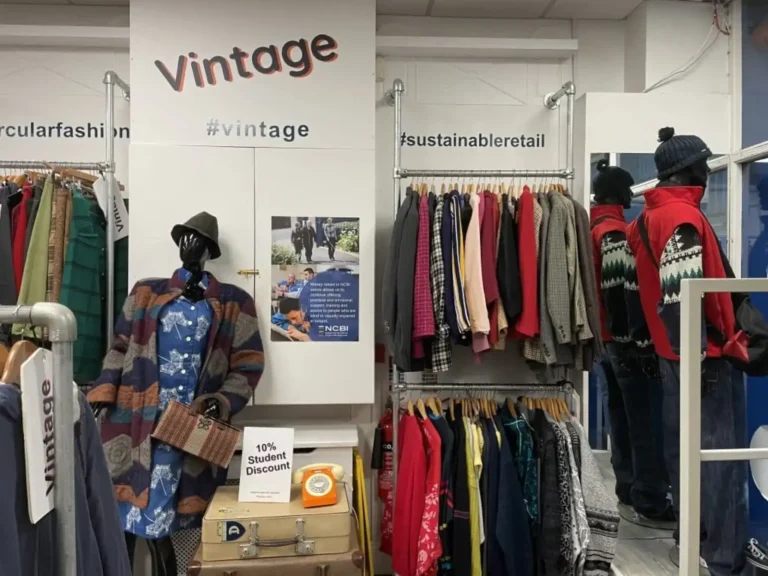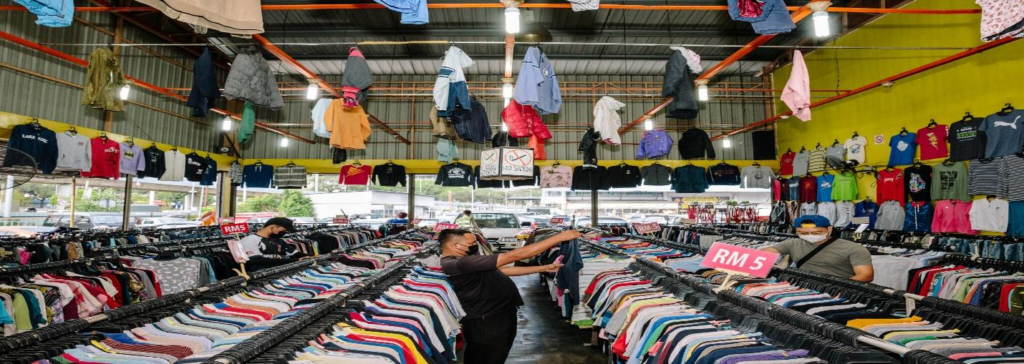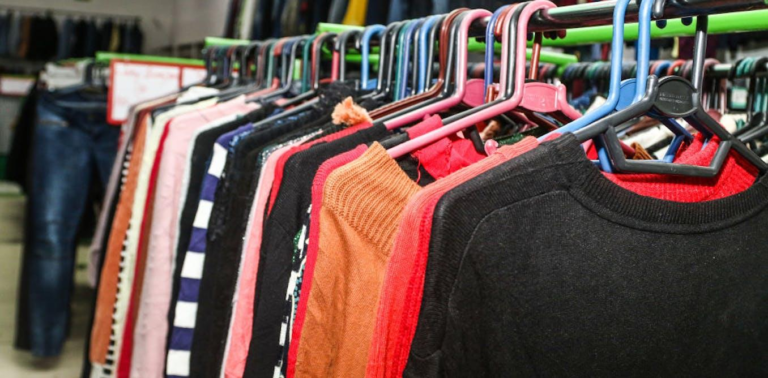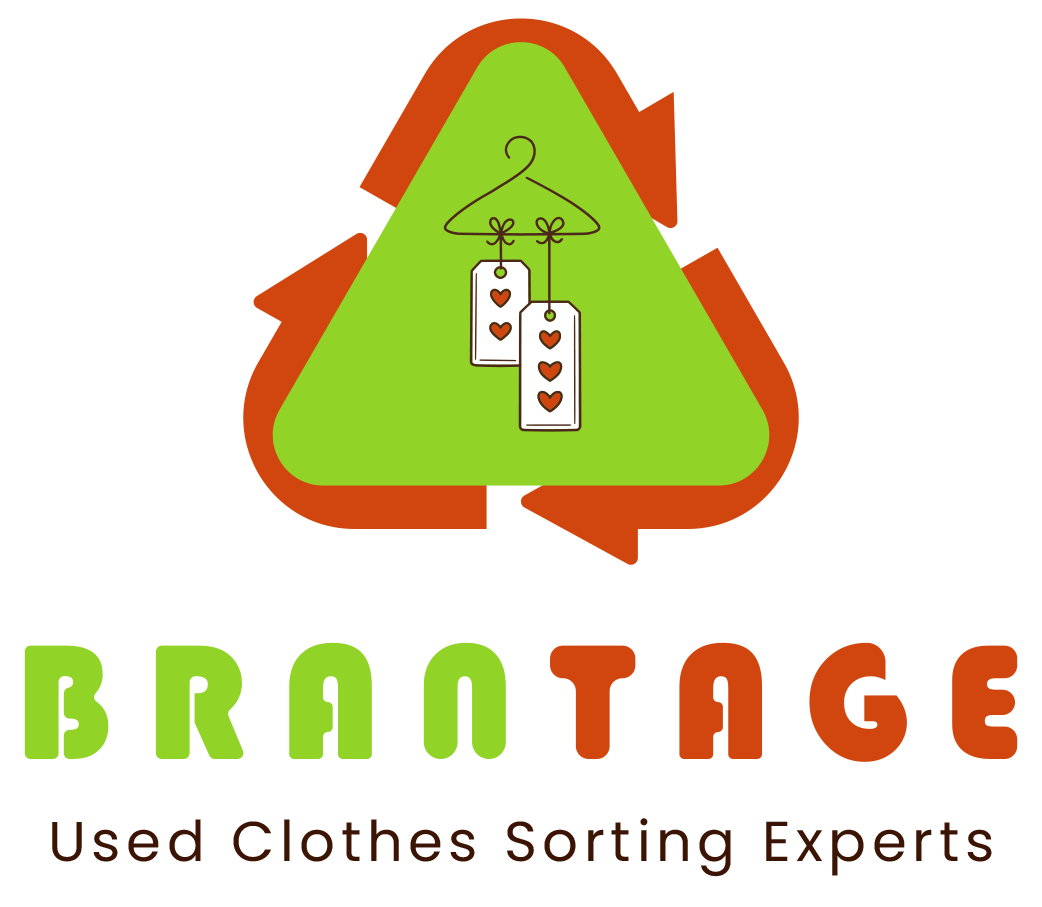The Backstories of Stuff at Brantage
The used clothing market has grown significantly in this era of sustainable development and ethical consumption. More than ever, individuals are preferring thrift stores for the chance to reuse clothing and lessen their environmental impact in addition to the reasonably priced items. Have you ever wondered, though, where those used garments originate from? How do they end up on the shelves of secondhand shops like Brantage? Sorting, grading, and preparation go through several phases on the interesting path from donation to resale. We’ll delve into the history of used clothing in this post, following it from donation boxes to your closet and showing you how Brantage meticulously chooses what it stocks to give its clients the greatest options.
1. The Initial Procedure for Donations
Donations are often the first step in the life cycle of used clothing. People give away their unwanted clothing to charity, donation bins, or secondhand shops directly in many countries, especially the US and some areas of Europe. These gifts may consist of everything from designer clothing to high-end goods, antiques, and accessories.

For a variety of reasons, including periodic closet cleanouts, a desire to simplify their wardrobe, or a dedication to helping humanitarian and environmental causes, people frequently give their used clothing. Large-scale clothing drives are occasionally arranged by nonprofits or groups to collect generous donations for the underprivileged. A large volume of clothing may be generated by these efforts; the clothing is then sorted and sent to various channels according to its quality and resale value.
Brantage, for instance, sources a sizable amount of its merchandise from the United States of America. What this implies is that the clothing you see on Brantage’s shelves may have come from a small American town closet, a local donation bin, or a goodwill or other charitable organization.
2. The Process of Grading and Sorting
The next step is to sort and grade the donations after they have been gathered. Not all donated clothes are fit for resale, so this step is very important. Some things might not be suitable for sale in thrift shops due to their excessive wear, damage, or age. Most sorting happens in big facilities, with teams of people evaluating each item of clothing according to its condition, brand, style, and kind of fabric, among other considerations.

Brantage is really serious about this sorting procedure. Brantage, a modest but discerning second hand clothing store in the United Arab Emirates, makes sure that only superior products end up in its stock. The company sources some of its donated clothing from Europe, but most of its imports come from the United States. Upon receiving these containers at their location, the staff meticulously grades, sorts, and does quality control (QC) to make sure every item fulfils their requirements.
The goods at Brantage are sorted into multiple categories as a result of the procedure. The group divides clothing, accessories, shoes, and home goods including linens and curtains. Gender, age, and type-based categories are further separated within the items. For instance, branded and non-branded goods are divided into distinct heaps, as are clothes for men, women, and children.
3. Grading
The grading procedure starts after sorting. To do this, each item must be assessed to ascertain its state, degree of wear, and possibility for resale. Brantage classifies products using an easy-to-understand system so that buyers are aware of each product’s quality before making a purchase.
To make it easier for you to comprehend the wear and quality of the item, we divide our used clothing into the following categories:

Brantage categorises its used apparel as follows:
- Brand New: There is no usage history on these items. Because of the several steps the item goes through before being sold, the original tags might not be present, but the item itself is still untouched and in perfect shape.
- 10/10: Slightly used, but in such great shape that you wouldn’t know it wasn’t new unless someone told you. These things appear brand new and have no wear at all.
- 9/10: Despite having been used a few times, these things are still in excellent shape. They are still in excellent condition with very little use, having sustained no damage or obvious markings.
- 8/10: Gently worn goods that are still completely functional and undamaged but may have minor wear indicators, including small blemishes.
- 7/10: Items with heavier use that are clearly worn and have minor flaws, such stains or small tears. They still function, though, and are more reasonably priced, making them appealing to buyers on a tight budget who are searching for wearable yet reasonably priced apparel.
Brantage only maintains the finest products in their inventory due to their stringent grading criteria. In actuality, more than 60% of the products that pass through Brantage’s sorting procedure are thrown out since they don’t live up to their exacting requirements. One of the things that separates Brantage from other local used clothing sellers is their dedication to quality.
4. The Spread of Used Clothing Around the World
Used clothing is prepared for distribution and sale after it has been sorted and graded. Depending on the market, client preferences, and local economic situations, different classes of clothes are frequently marketed to different markets. Brantage has carefully considered which markets to target when designing their distribution strategy.

For instance, 9/10 and 8/10 branded goods—especially antique pieces—are highly sought after in the UK and other European nations. Shoppers in these areas are searching for distinctive, retro items from the 1990s and earlier, since vintage fashion has experienced a significant resurgence. Brantage makes the most of this trend by creating collections of old items that appeal to this particular clientele.
In the meanwhile, common branded and non-branded goods are marketed domestically in the UAE and shipped overseas to countries like Pakistan and Jordan. There is a significant market for reasonably priced, practical apparel among labourers in the United Arab Emirates, where items in the 8/10 and 7/10 categories—still usable but more worn—are offered.
Brantage is a sorting facility in the United Arab Emirates that caters to corporations and bulk purchasers, emphasising wholesale transactions above smaller, retail-specific purchases. With orders ranging from 50 to 1,000 kg of apparel each month, we specialise in greater volumes. We can provide retailers and distributors with high-quality, well-curated products at competitive costs by using this wholesale technique. In contrast to other facilities that concentrate on smaller, retail-focused sales, Brantage effectively moves inventory while upholding high grading standards because of its wholesale focus.
5. Cutting Down on Waste and Encouraging Sustainability
Even if it is a more environmentally friendly option than rapid fashion, the secondhand clothes sector nevertheless produces a lot of garbage. As previously stated, a significant percentage of donated clothing is discarded during the sorting and grading stage. Some sorting facilities collaborate with recycling businesses or other sectors that can find new uses for wasteful textiles in order to minimise waste.

By collaborating with retailers that weigh clothes, like Goodwill, Brantage has reduced waste in its business operations. This eliminates the possibility of waste and enables Brantage to be more picky about the things it buys, guaranteeing that they get only products that live up to their high standards.
Brantage is a vital link in the worldwide supply chain for used clothing, obtaining apparel from the USA and Europe and reselling it in places like Pakistan, Europe, and the UAE. Their emphasis on sustainability and quality not only lessens the negative effects that worn clothing has on the environment, but it also makes high-quality, reasonably priced products available to buyers.
6. Final Thoughts: The Tale of Used Clothing
The process of reselling used clothing after it has been donated is intricate and fascinating. Pre Owned goods are sorted, graded, and distributed through a number of phases, all of which help to ensure that they find new homes rather than wind up in landfills. Brantage and other thrift stores go above and beyond in this process by carefully selecting and stocking only the highest calibre pre-owned goods for its patrons.
Secondhand clothes connect individuals across countries and cultures, from donation boxes in the USA to racks at a boutique thrift store. It also promotes affordability, sustainability, and ethical purchasing. It is evident that the story behind these clothes is about more than just recycling—it is about opening up new options for communities all across the world as the desire for vintage clothing keeps growing.
